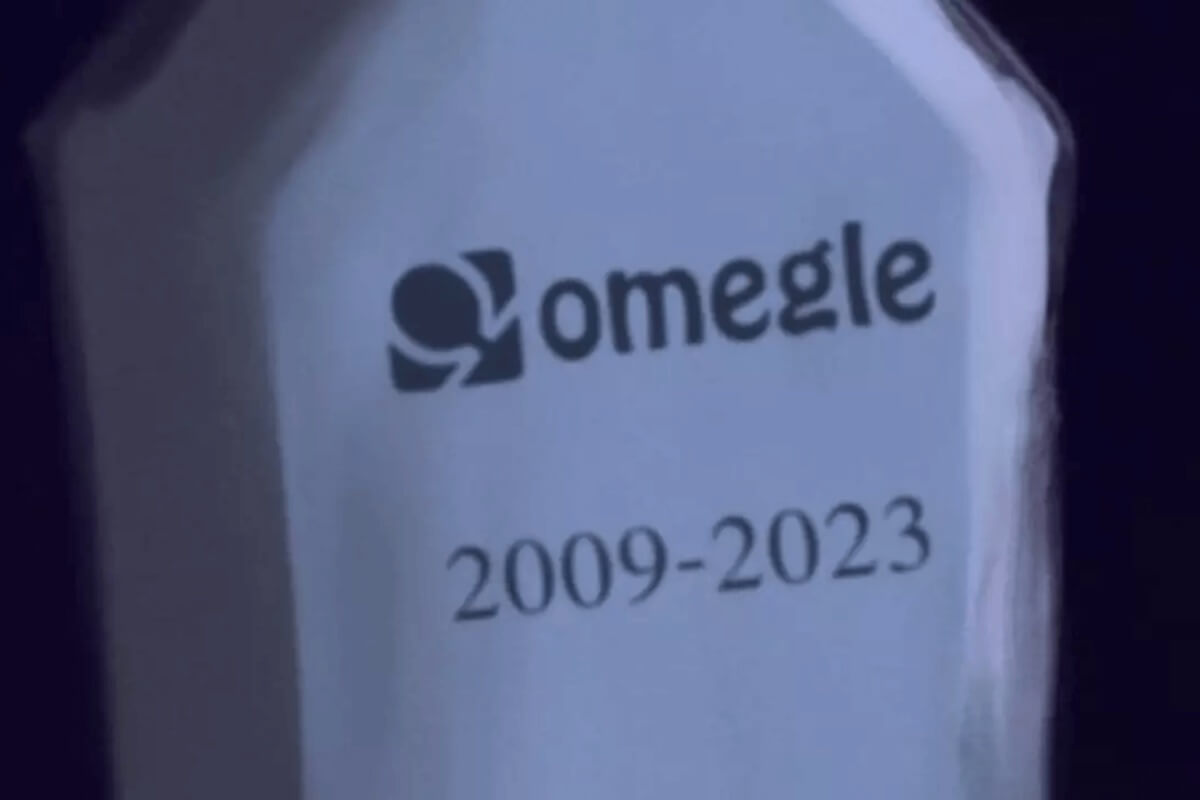In today’s digital era, online dating platforms have surged in popularity, becoming a prevalent method for individuals to seek romantic connections. However, this rise prompts the question: Is online dating the sole avenue for meeting potential partners in contemporary society? Exploring both the dominance of online dating and the enduring relevance of traditional methods reveals a multifaceted landscape of modern romance.
The Rise of Online Dating
Online dating has transformed the romantic landscape, offering convenience and a broad pool of potential matches. A study by Stanford University highlights that meeting online has become the most common way for heterosexual couples to connect, surpassing traditional avenues like introductions through friends or family. This shift underscores the significant role digital platforms now play in initiating relationships.
The digital age has seen a cultural shift toward greater reliance on technology in nearly every facet of life, including personal relationships. According to the Pew Research Center, approximately 30% of American adults have used an online dating platform, with numbers steadily increasing year-over-year. This rise is attributed not only to societal acceptance but also to advancements in technology that improve user experience, connectivity, and algorithm effectiveness.
Advantages of Online Dating
1) Expanded Access
Users can connect with individuals beyond their immediate social circles, increasing the likelihood of finding compatible partners. The geographic limitations of traditional dating methods often restrict choices, whereas online dating provides a platform to interact with potential matches across cities, countries, and even continents.
2) Convenience
Online platforms allow users to engage in the dating process at their own pace and from the comfort of their homes. This accessibility can be especially beneficial for busy professionals, introverted individuals, or those living in remote locations.
3) Algorithmic Matching
Many services utilize algorithms to suggest potential matches based on shared interests, values, and personality traits, potentially enhancing compatibility. Platforms such as Moonit and OkCupid have built their reputations on these sophisticated matchmaking algorithms, claiming higher relationship success rates.
Challenges and Criticisms
Despite its advantages, online dating is not without its drawbacks:
1) Superficial Interactions
The emphasis on profiles and photos can lead to snap judgments, potentially overlooking deeper compatibility. Critics argue that such superficial evaluations encourage unrealistic standards and may foster a culture of disposability, as users move rapidly from one potential match to the next.
2) Overwhelming Choices
An abundance of options may result in decision fatigue, making it difficult to commit to a single individual. Studies suggest that having too many potential matches can diminish satisfaction with one’s choices, paradoxically making users less content and more indecisive.
3) Safety Concerns
Issues such as misrepresentation and privacy breaches can pose risks to users. Catfishing, fake profiles, and fraudulent activities have been reported frequently, emphasizing the need for improved safety measures and user awareness.
These challenges have led some individuals to seek alternative methods for meeting potential partners.
Alternatives to Online Dating
While online dating is prominent, it is by no means the only method for forming romantic connections. Traditional and alternative approaches continue to thrive:
1) Social Events and Hobby Groups
Participating in activities aligned with personal interests can lead to organic connections. For instance, fitness enthusiasts attending events like Hyrox—a global fitness competition—have found it to be a conducive environment for meeting like-minded individuals. Similarly, local clubs, art exhibitions, and hobby workshops foster social connections grounded in shared interests, creating opportunities for authentic interactions.
2) Speed Dating
This structured form of dating allows individuals to meet multiple potential partners in a single event, facilitating quick assessments of compatibility. Speed dating events have seen a resurgence as people seek more personal interactions and direct human contact. Participants appreciate the immediacy of face-to-face encounters and the efficiency with which multiple prospects can be evaluated in a short timeframe.
3) Community Engagement
Volunteering and participating in local initiatives can foster connections based on shared values and experiences. Community service, charity events, and volunteering provide meaningful settings where individuals can interact genuinely, building relationships founded upon mutual respect, shared purpose, and a sense of collective contribution.
4) Educational Classes and Workshops
Enrolling in courses or workshops not only enhances skills but also provides opportunities to meet others with similar interests. Language classes, cooking workshops, and personal development seminars offer both skill acquisition and social networking opportunities. Interactions within these settings often unfold naturally, leading to friendships and romantic connections organically over time.
The Role of Matchmaking Services
In response to the fatigue associated with online dating, personalized matchmaking services have gained traction. Platforms like Tawkify offer curated matches and date planning, aiming to reduce the overwhelm of choice and enhance the quality of connections. These services blend traditional matchmaking principles with modern technology to cater to individuals seeking more tailored experiences. Matchmakers provide personalized attention, taking the time to understand clients’ preferences, lifestyles, and long-term relationship goals, thus increasing the likelihood of meaningful connections.
Matchmaking services also address the perceived impersonality of digital interactions by adding a human touch to the dating process. Clients often report greater satisfaction with matches arranged through these personalized services compared to algorithm-driven online dating, primarily due to the thoughtful consideration and interpersonal nuance involved.
Cultural Shifts and Offline Interactions
A notable trend among younger generations is the move away from digital platforms toward in-person interactions. Many young singles are choosing to meet potential partners through clubs and hobby groups, valuing the authenticity and depth that face-to-face interactions can offer. This shift indicates a desire for more organic and meaningful connections not solely mediated by technology.
Millennials and Generation Z, in particular, have expressed an increasing dissatisfaction with purely digital interactions. The preference for real-life experiences and the perceived authenticity of offline connections suggest a cultural recalibration. Events such as live music concerts, festivals, book clubs, and even professional networking events have become popular venues for meeting potential romantic partners, reflecting broader societal changes emphasizing genuine interaction over digital convenience.
Balancing Digital and Traditional Approaches
While online dating provides valuable tools for connection, integrating both digital and traditional methods can enrich the dating experience. Engaging in community activities, pursuing personal interests, and remaining open to spontaneous interactions can complement the structured nature of online platforms. Blending these approaches can lead to a more balanced and fulfilling dating life, maximizing the strengths of each method while mitigating their respective weaknesses.
Many individuals are discovering that combining digital and traditional avenues leads to more holistic romantic experiences. For example, someone might initially use an online platform to meet potential matches but subsequently deepen the relationship through shared real-life experiences and interactions. Such an integrated approach can offer a richer emotional connection, facilitating stronger bonds founded on multiple dimensions of interaction.
Conclusion
Online dating has undeniably reshaped the landscape of romantic relationships, offering new avenues for connection in our increasingly digital world. However, it is not the exclusive path to finding a partner. Traditional methods and alternative approaches continue to hold significant value, providing diverse opportunities for meaningful connections. By embracing a balanced approach that incorporates both online and offline strategies, individuals can navigate the complexities of modern dating in a manner aligned with their personal preferences and values.
Ultimately, the future of dating may not be exclusively digital or entirely traditional, but rather a thoughtful blend of both, leveraging technology’s benefits while preserving the profound value of authentic human interactions.



Leave a Reply